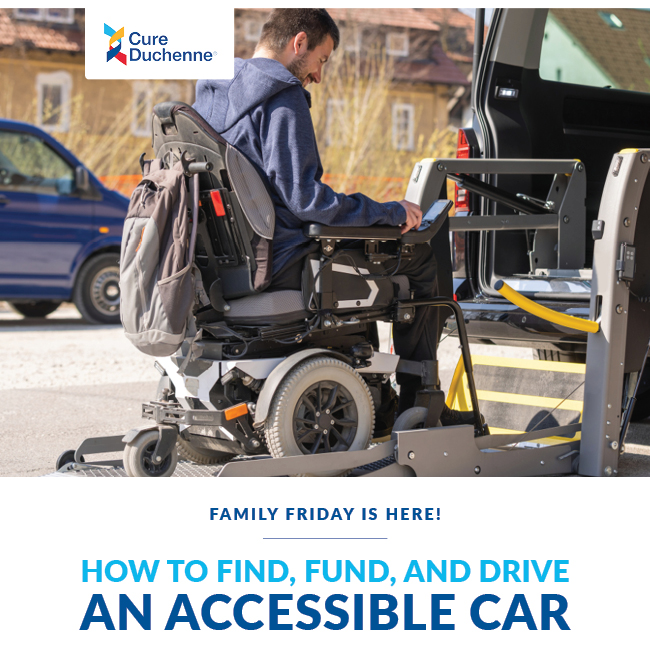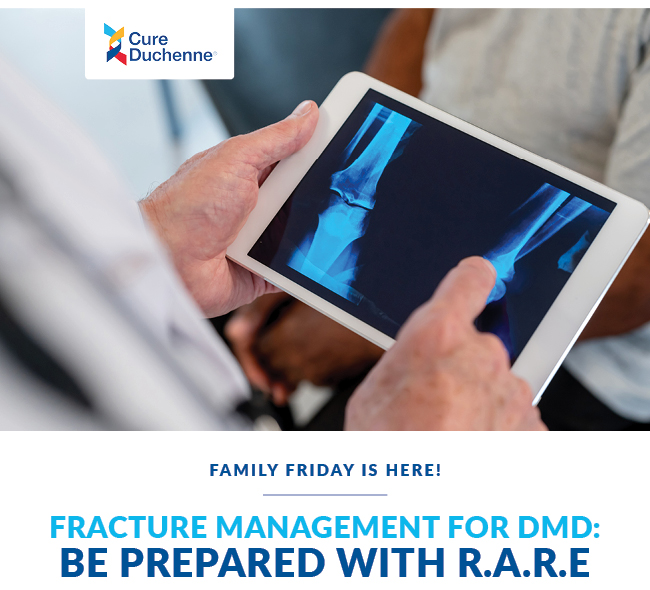Keep Dreaming for the Future – Even with DMD

By Jacob Gapko
Jacob Gapko is 46 years old and has Duchenne muscular dystrophy. He uses a power wheelchair and non-invasive ventilation 24/7. He has a B.S. in physics and minors in mathematics and library science. Jacob currently serves as chief information officer for Family, Friends, and Duchenne. This blog post originally appeared on Family, Friends, and Duchenne.
Where to begin—the easiest place to start is at the beginning. I was born November 15, 1977, in Eau Claire, WI, USA. I was diagnosed at age 3, and I have always known exactly what I have. My uncle Howard also had DMD, and he died at age 17. My mother is a confirmed carrier but was told she was not. However, at that time the test was only about 70% accurate. My younger brother, Josef, also had Duchenne. He died in 2006 at age 22.
I started using a manual wheelchair part-time in 8th grade. Between my junior and senior year of High School, I got my first power-standing wheelchair. At home I walked until age 18 and continued to crawl until age 20. Unfortunately, I did not see a cardiologist until age 18 and then started cardiac medications for dilated cardiomyopathy which I probably had for at least 6 years. Today’s standards of care for Duchenne recommend you see a pediatric cardiologist early on so that cardiac interventions can be started much earlier, as appropriate.
I get most of my care in Eau Claire at Mayo Health System, and I see several specialists—cardiologist, pulmonologist, nephrologist, endocrinologist, and physiatrist. I have been going to physical therapy for more than 25 years. For about two years as a teenager, I took prednisone but did not notice any significant benefits. The current standards of care recommend starting steroids early. We now know this prolongs walking, avoids scoliosis, preserves cardiac function, and preserves pulmonary function and has side effects that must be managed. I am now 45, use a power wheelchair, and non-invasive ventilation 24/7.
School – K-12
From 3rd grade through high school, I had an IEP (Individualized Education Plan). My most significant educational change occurred during 5th grade. When I started that year, I was only reading at the 2nd grade level. I was placed into two reading programs and at some point (4-5 months later) I questioned “why?” I thought I could read as well as anyone else. I was retested and was reading at grade level. At that point I was mainstreamed for reading. Since then, I’ve never looked back in terms of reading. Research shows that many children with Duchenne learn to read relatively late, around age 9 or 10. My younger brother, on the other hand, learned to read at age 4 or 5. I used a power wheelchair throughout high school and graduated in 1996.
College – Part 1
In Fall 1996, I enrolled at University of Wisconsin – Eau Claire studying physics, mathematics, and library science. In 7th grade I was inspired by my geography teacher to go to Australia someday. I didn’t know how I would accomplish that, but as a sophomore in college I had the opportunity to be an exchange student in Sydney, Australia. It was a great semester. I took my father with me as my care giver. It showed that one can still have big dreams and accomplish them. Keep dreaming for the future—it can be bright even with DMD.
NASA
In the summer of 1999, I was an intern at the National Aeronautics and Space Administration (NASA) Goddard Space Flight Center (GSFC) in Greenbelt, MD, through the Entry Point! Program of the American Association for the Advancement of Science. Entry Point!’s objective “is to encourage and develop talent among undergraduate and graduate students with disabilities who have demonstrated an interest in pursuing a STEM career.” I was placed in the library at Goddard as I had a background in physics and library science. As an intern I designed and implemented the Engineering Channel, an information resource for on-site engineers and space scientists, scientists at other NASA Centers, and interested persons around the world. I did a follow up project for GSFC in January 2000 remotely creating their Space Science Channel. The web channels remained on the GSFC website for a decade after I created them.
College – Part 2
I graduated from University of Wisconsin – Eau Claire in 2001 with a B.S. in physics and minors in mathematics and library science. The semester I graduated, I received the Outstanding Senior Award in Physics, the Outstanding Senior Award in the College of Arts and Sciences, and a Student Leadership Award and Scholarship. I applied to graduate programs in Astronomy and Library Science. I was accepted at UW-Milwaukee where I earned a Master of Library and Information Science (MLIS). I also hold a Specialist Degree (ABD) in Library and Information Studies from UW-Madison with a minor in Science and Technology Studies.
Traveling
Until the pandemic my family traveled during the summer, typically for three to five weeks at a time. Most of our travel was in the United States, and I have visited 46 of the contiguous 48 states. I was one and a half years old the first time we traveled internationally to the United Kingdom. When my brother and I were younger and ambulatory, our usual accommodation was sleeping in a tent in a county, state, or national park. The National Park Service offers its Access Pass that “is a free, lifetime pass available to United States citizens or permanent residents, regardless of age, that have a permanent disability. The Pass can be used at over 2000 Federal recreation sites across the nation, including National Parks, National Wildlife Refuges, and many National Forests and other federal recreation lands.”
We started staying at hotels after both of us had power wheelchairs. My parents believe in the importance of travel to see new places, visit landmarks, and visit friends and family. Duchenne does require us to do things differently, bring much more equipment, call ahead for places to stay, and deal with a world not always ready for travelers with disabilities.
In 2011, we started taking a paid care worker on our vacations to free my parents of caring for me. Since we must take so much equipment (adjustable bed, therapeutic sleep surface, pillows and towels for positioning, Cough Assist, suction machine, pulse oximeter, BiPAP, extra circuits for non-invasive ventilator on my chair, wheelchair charger) we also tried to stay two or three days at each of our stops as loading in and out takes a couple hours.

Philosophy
I believe it is important for boys with Duchenne to be told what they have in an age-appropriate manner. This way they know what is going on. They don’t have to imagine they might have something even worse or that they cannot/should not talk about it.
Keep dreaming for the future—it can be bright even with DMD.
Silver Lining
I do believe that every cloud has a silver lining. The best thing that happened to me during the COVID pandemic was that I met my girlfriend, Sasha. Our second anniversary was October 2022!





